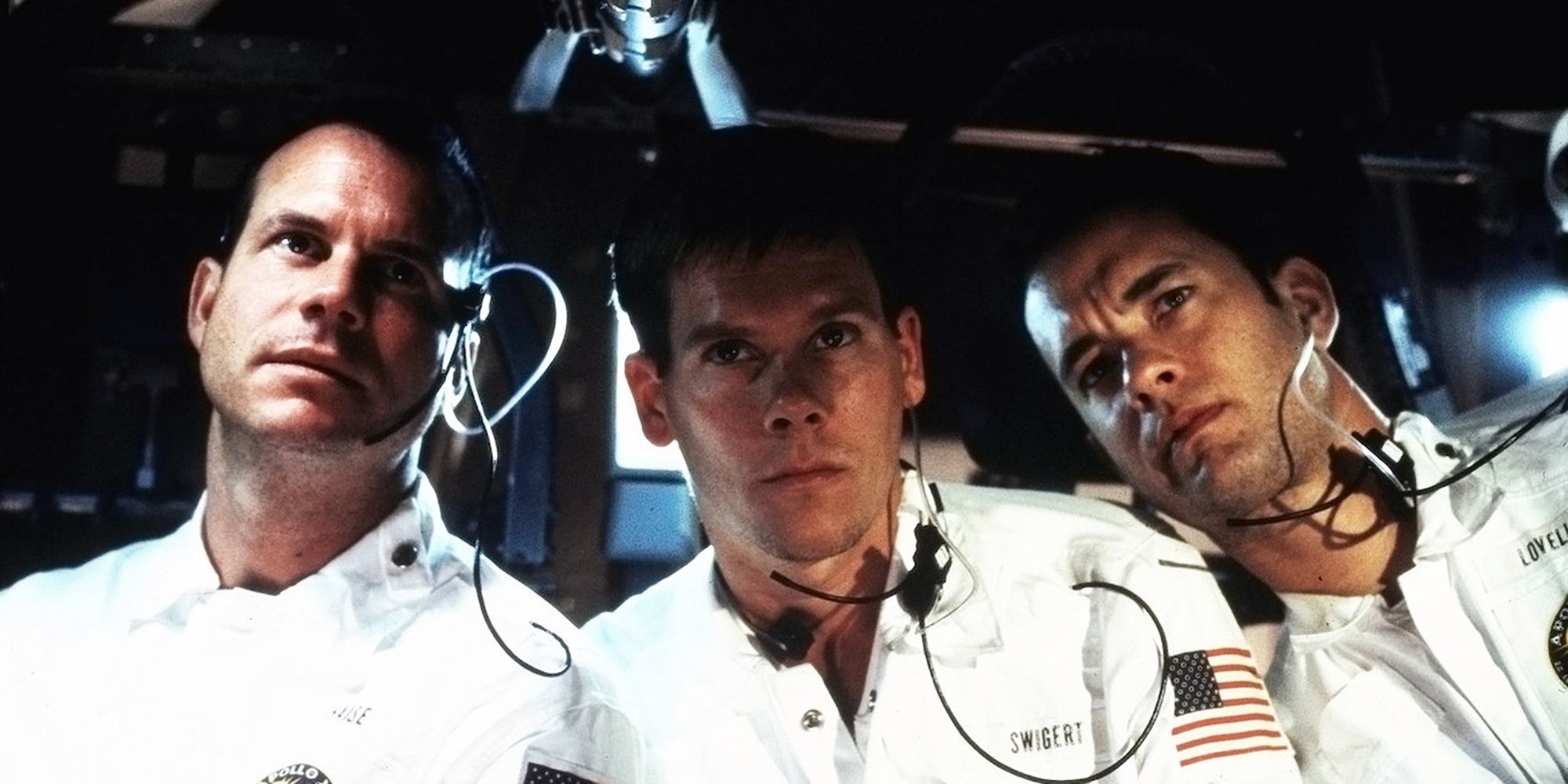Apollo 13’s Gravity-Defying Filming Techniques Unveiled
Some found it compelling, others dubbed it madness— but it was all in a day’s work for director Ron Howard while filming Apollo 13. The 1995 flick recounted NASA’s ill-fated 1970 mission, with a surprising fix for the tricky zero-gravity sequences. Instead of the standard wires affixed to our dear actors— namely Tom Hanks, Bill Paxton, and Kevin Bacon— Howard ventured into the very guts of a KC-135 airplane. A curious mix of Scopolamine and Dexedrine, which served as a remedy for the inevitable upset among the intestinal regions, became quite the rifle through the makeshift dressing rooms on set.
Taking a Dive in the Vomit Comet
Believe it or not, Apollo 13’s zero-gravity sequences were shot not through the predictable wires we’ve seen in every other out-of-this-world film, but inside a KC-135 airplane. This plane, dubbed with the less than appealing moniker “vomit comet,” creates 25-second intervals of weightlessness, making it the ideal environment for filming astronauts battling the highs (literally) and lows of zero gravity. As Howard remarked, “Steven Spielberg was the one that told me about it,” which, immediately sensing Spielberg’s creative genius, prompted Howard to inspect the aircraft and its associated parabolic flight pattern more intensely.
The decision to film taken, there was the slight matter of convincing NASA, the custodians of the KC-135, who were initially a bit lukewarm to the proposal. Fortunately, Apollo 13 astronaut Jim Lovell was on hand to sort things out.
Issuing Barf Bags Before Boarding
Directing a film inside a plane that gets its thrills from simulating zero gravity was no small feat. Howard, his actors, and his crew had to take an endearing combination of Scopolamine and Dexedrine to ward off the flights’ side effects. While the cocktail settled the stomach, it could put a man to sleep without the Dexedrine thumbscrews keeping you awake.
But the show had to go on, sometimes with rather unsavory effects. For example, Kevin Bacon later recounted the special abstract fluid art that emerged from overindulgence in a Mexican menu – floating freely in the tense moments of zero gravity before coming down on everyone once gravity kicked back in.
Keeping the Cameras Rolling in Zero-G
Against all odds, Howard and his team successfully completed 612 parabolas, a significant achievement coupled with the four hours of zero-gravity footage which gave the movie its authentic feel. The creative integration of real and simulated zero-gravity sequences was a pivotal factor in giving Apollo 13 a sense of realism, through meticulous choreography and rehearsal. The clever editing is what eventually helped Apollo 13 snag an Academy Award, and made Apollo 13’s zero-gravity adventure worthwhile.
The effects were so high-quality, even Buzz Aldrin, the iconic astronaut, was left musing, “what NASA archive was used to get some of the launch footage of the Saturn V, because he had never seen it before.” Talk about a compliment!
Final Frame
Despite losing out on 1995’s Best Visual Effects award to “Babe,” Apollo 13 continues to impress with its depiction of a calamitous space mission. Relying less on CGI during filming, and more on a mixed bag of effects ensured the film aged gracefully, like a science-fiction equivalent of vintage wine. Howard’s decision to shoot footage in the harsh environment of the KC-135 left his mentor Spielberg quipping, “You’re crazy. I never thought you’d really do that.”
And now, like an old friend from your movie night collection, Apollo 13 is ready for some cozy weekends, available for rent even from the comforts of your Amazon-enabled couch.
Read the rest of the article and more at August Tales Comics. Your go-to site for trade paperback exchanges and comic book news!
#comics #comicbooks #graphicnovel #graphicnovels #augusttales
Image credit: collider.com


